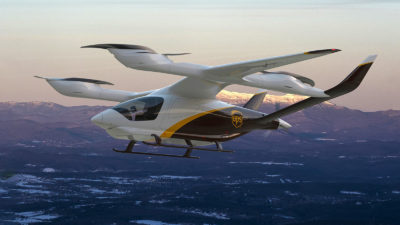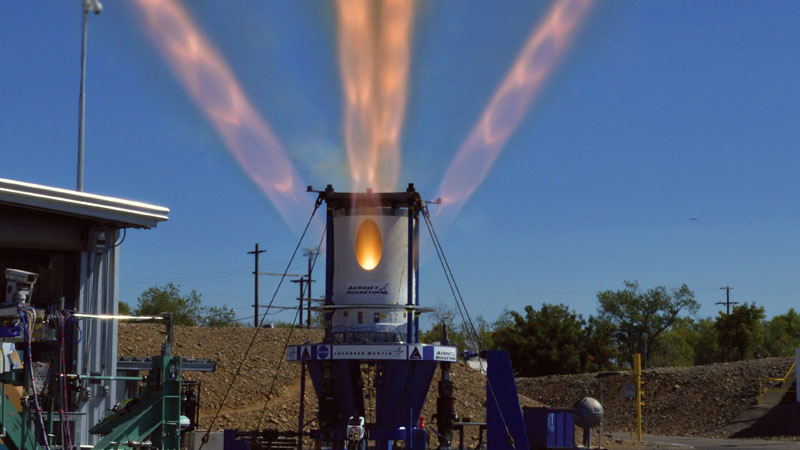Going green moves to higher gear
By Gary A. Dale|December 2016
The Green Engineering Program Committee promotes a holistic, systems approach to improved energy efficiency, sustainability, renewable energy and design.
Environmental regulations will increasingly impact future aviation, as witnessed by events in 2016. In February, following six years of development, the International Civil Aviation Organization, or ICAO, took a significant step on efficiency targets with an agreement on CO2 emissions standard. If adopted by ICAO’s governing council, then the Committee on Aviation Environmental Protection will impose the first-ever binding energy efficiency and CO2 reduction targets for aviation.
In July the U.S. Environmental Protection Agency finalized a determination that greenhouse gas emissions from certain types of aircraft engines contribute to the pollution that causes climate change and endangers health.
NASA completed its six-year Environmentally Responsible Aviation project that aims to reduce aviation’s environmental impact. Partnering with U.S. industry and other government agencies, researchers matured advanced commercial transport technologies that reduced aircraft drag, weight and noise, as well as reduced the fuel burn and oxides of nitrogen output of the engines. If applied to the U.S. fleet starting in 2025, NASA’s analysis shows the technologies could help U.S. airlines realize over $250 billion dollars in savings from 2025 to 2050, and claim large reductions in carbon and noise footprints.
NASA in September awarded contracts to Aurora Flight Sciences and DZYNE Technologies, both in Virginia, along with Boeing and Lockheed Martin for system requirements definitions for promising X-plane concepts. The contracts support NASA’s 10-year New Aviation Horizons initiative to further develop technology with U. S. industry and other government partners to enable revolutionary ultra-efficient subsonic transport aircraft. Objectives are the simultaneous reduction of fleet-level carbon footprint of aviation by at least 50 percent and reduction of perceived community noise levels by one-half, while significantly reducing landing and takeoff emissions.
The European community is also addressing environmental and economic performance targets. Clean Sky 2 is focused on integrating breakthrough technologies at aircraft level and delivering in-flight demonstration of novel architectures and configurations. One example is the BLADE, or Breakthrough Laminar Aircraft Demonstrator in Europe, flight demonstrator: its A340 with new natural laminar flow on the outer wings. The wing assembly is nearing completion at Aernnova in Spain.
In Japan the National Institute for Materials Science has achieved energy conversion efficiency exceeding 18 percent using standard size perovskite solar cells, a key driving technology toward the government’s goal of doubling conversion efficiency and lowering power generation costs.
In June, Solar Impulse completed the first circumnavigation of the globe, flying 40,000 kilometers without fuel to promote the use of renewable energies. Airbus Group confirmed production plans for its electric aircraft E-Fan 2.0. Initial production volume will be small, but could grow to some 80 units annually by 2025, according to the company.
The White House in July released its strategy for setting out prioritized research and development goals to address key scientific and technical challenges holding back the development, production and use of economically viable alternative jet fuels at commercial scale. The FAA continued its five-year effort under the Continuous Lower Energy, Emissions and Noise Program to develop and demonstrate certifiable aircraft technologies to reduce aircraft fuel burn, emissions and noise, as well as to advance the development and introduction of sustainable alternative jet fuels. Recently, a new alternative — environmentally friendly, bio-based jet fuel, alcohol to jet synthetic paraffinic kerosene — was approved by ASTM International of Pennsylvania.
In March, United Airlines launched an initiative that uses biofuel to help power flights running between Los Angeles and San Francisco, with eventual plans to expand to all flights operating out of Los Angeles International. It’s the first time an American airline is using renewable fuel for regular commercial operations. ★

































